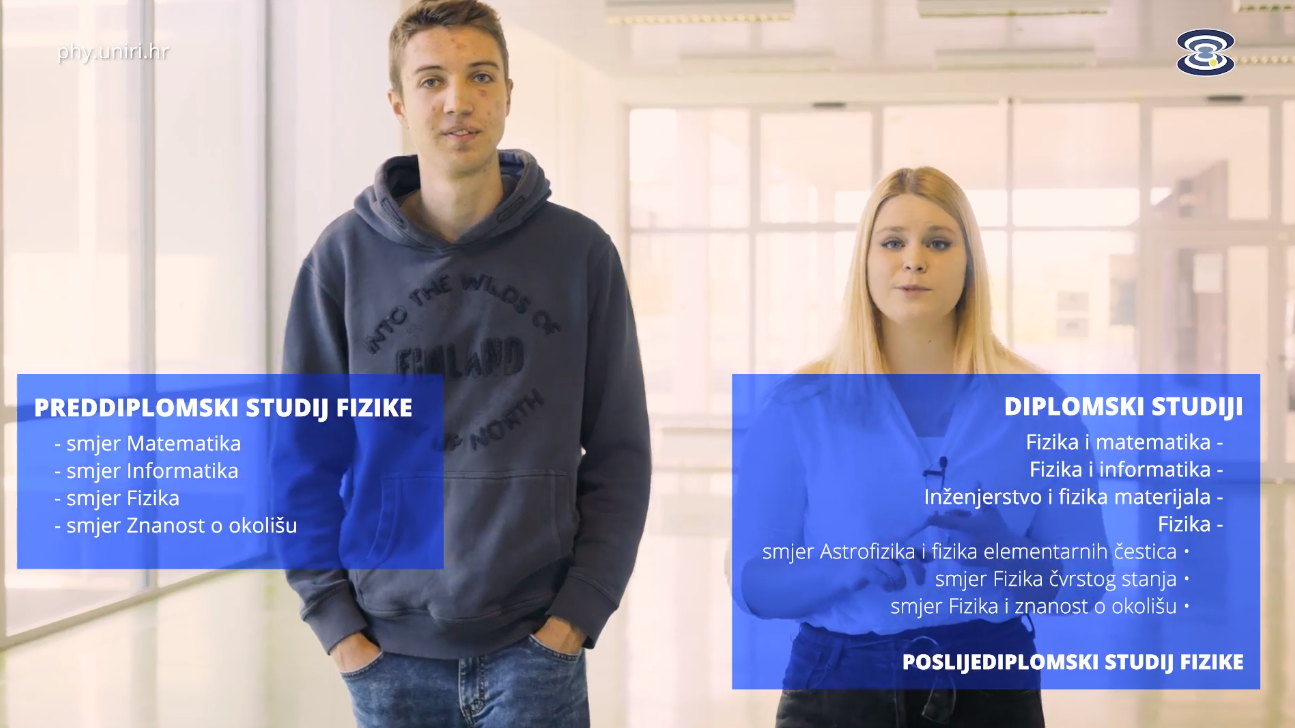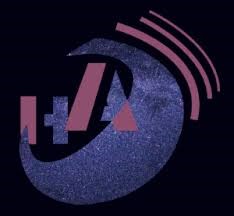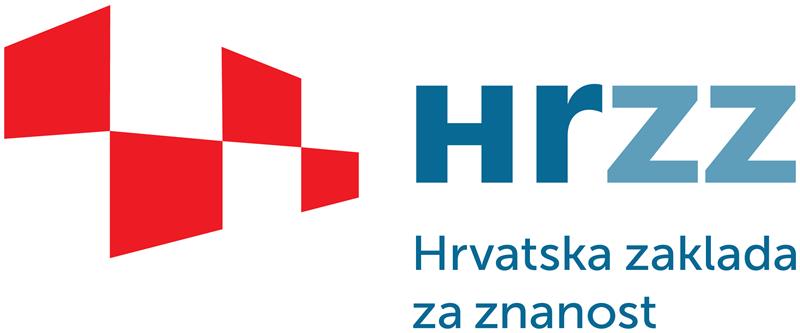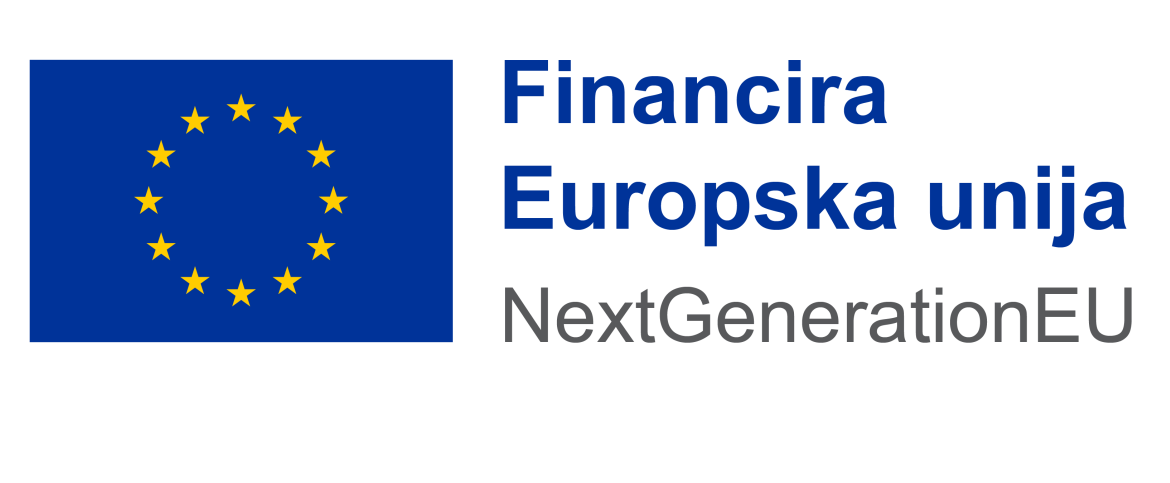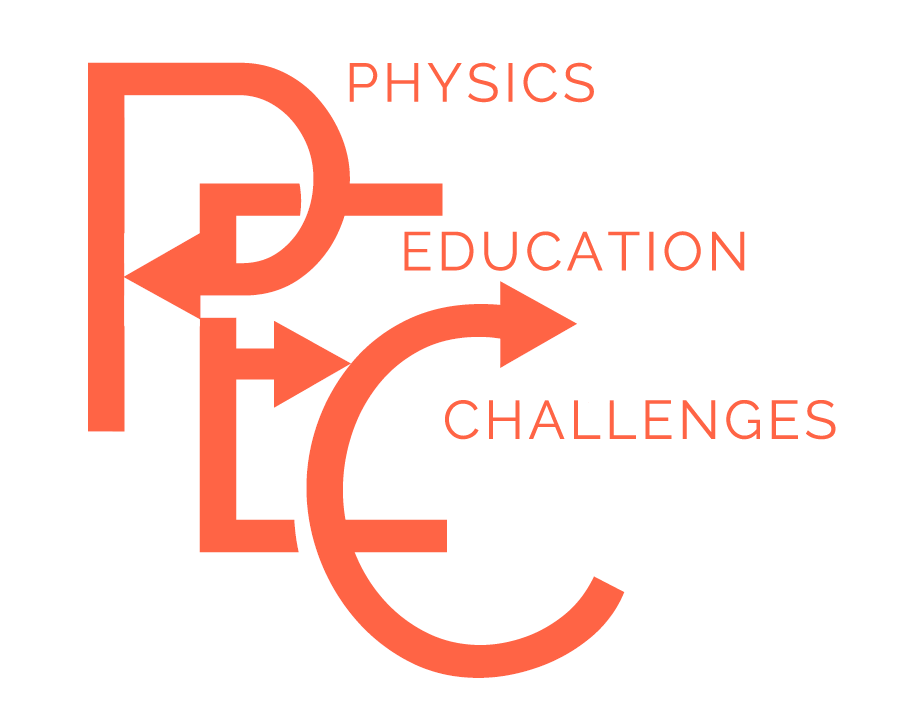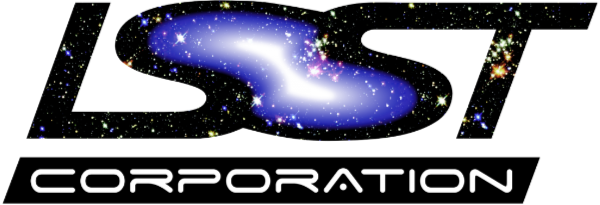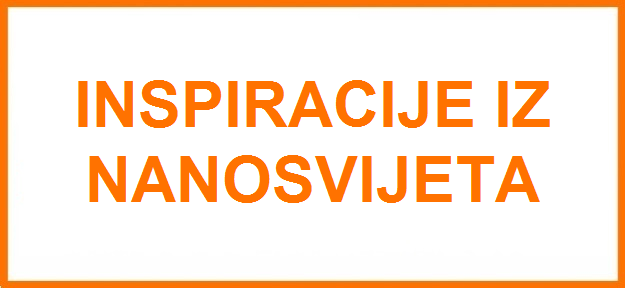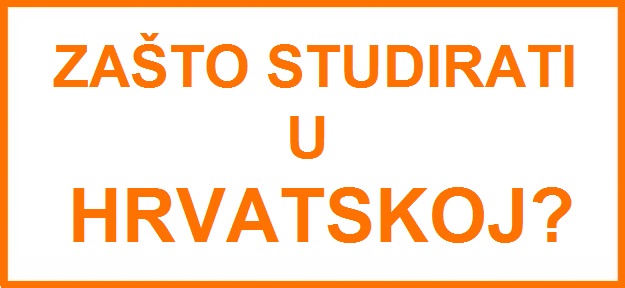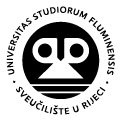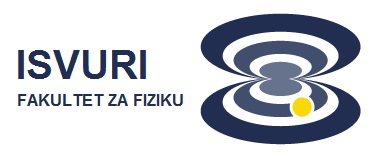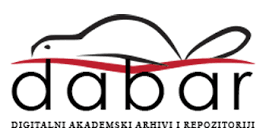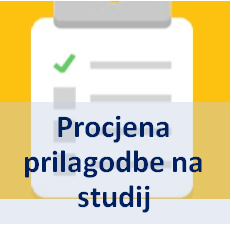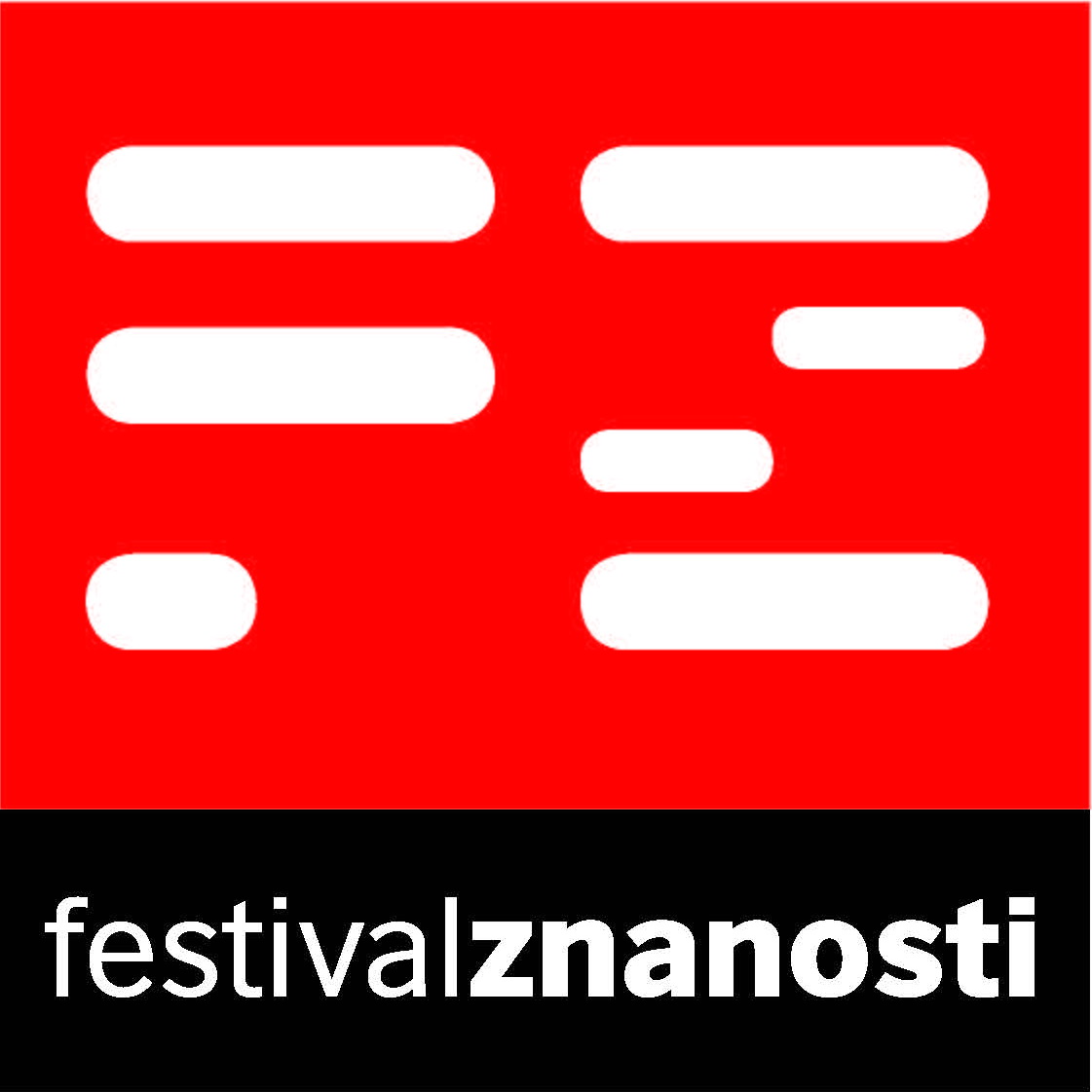HRZZ projekti
NPOO projekt
Seminar
Higher spin-like symmetries and gauge models
Mateo Paulišić
Sveučilište u Rijeci, Fakultet za fiziku
Utorak, 15. rujna 2022. u 11 sati
Predavaonica O-153
Sveučilišni Kampus na Trsatu
Radmile Matejčić 2
51000 Rijeka
Sažetak:
By extending the spacetime manifold with an auxiliary space of equal dimension, we are provided with a structure dubbed "master space" on which we can build field theories and realize a generalization of uplifting rigid symmetries of matter to local ones. The associative algebra of functions on the master space is realized with the non-commutative Moyal product, which enables us to formalize a Lie algebra of higher-derivative symmetries of matter and gauge fields in a consistent manner. The discovered formalism enables us to formulate gauge field theories, of which we primarily focus on the analogue of Yang-Mills, while emphasizing how the formalism furnishes a way to formulate theories in a manner covariant with respect to the mentioned symmetries.
In this seminar we will show how the Yang-Mills like theory is constructed and display its most important properties: it is classically perturbatively stable and admits a description through the L-infinity algebra. We will show two possible approaches to analyzing the particle spectrum of the theory, both novel, through which we conclude that the theory contains continuous-spin degrees of freedom. Finally, we will focus on some applications in scattering processes and an induced geometric picture found in an on-shell truncation of the gauge field.
The chaotic solar system
prof. dr. Arnold Hanslmeier
Institut für Physik, Karl Franzens Univ. Graz
Utorak, 1. rujna 2022. u 11 sati
Predavaonica O-029
Sveučilišni Kampus na Trsatu
Radmile Matejčić 2
51000 Rijeka
Sažetak:
In this review talk we will first give a definition of chaos with some simple well known examples. Then we will discuss gravitation in the classical and relativistic case. What is the consequence of the gravitational law on the motions of the objects in the solar system? The solar system is very well explored and many peculiarities of motion of objects have been found. We will discuss a few of them. A question that was posed already more than 100 years ago is how stable the solar system really is. Can we apply modern numerical simulations to solve such questions? A short outlook to exoplanetary systems concerning chaotic behavior will be given at the end of the talk.
Journey of single layer MoS2: from synthesis to optical characterization and defect investigation
Ana Senkić
Institut za fiziku, Zagreb
Utorak, 30. kolovoza 2022. u 12:30
Predavaonica O-152
Sveučilišni Kampus na Trsatu
Radmile Matejčić 2
51000 Rijeka
Sažetak:
MoS2 is one of the most investigated semiconducting two-dimensional (2D) materials due to its promising application in the semiconducting industry. One of the main issues is the controllable and reproducible synthesis of the high-quality MoS2 samples with good and stable optical and structural properties. Here I will present my results regarding systematic synthesis of monolayer MoS2 samples using chemical vapor deposition (CVD) technique followed up by the optical and structural characterization. The presentation is divided in two parts, where in the first part I will discuss how different synthesis parameters on morphology and optical properties of MoS2 samples. In the second part, I will present the results of a detailed study on five different MoS2 monolayers, synthesized under different growth temperatures, in order to understand the correlation between growth temperature and defects nature of the samples. Influence of defects on optical and electronic properties is investigated with low-temperature photoluminescence measurements [1] and room-temperature Kelvin Probe Force measurements [2], respectively. The study of defect influence on optical properties in 2D materials will be expanded to pump-probe measurements of mentioned MoS2 samples, synthesis and characterization of various 2D alloys.
[1] V. Carozo et al. Optical identification of sulfur vacancies: Bound excitons at the edges of monolayer tungsten disulfide. Science Advances 3 4 2017
[2] Y. Feng et al. In situ visualization and detection of surface potential variation of mono and multilayer MoS2 under different humidities using Kelvin probe force microscopy. Nanotechnology 28 (2017) 295705
Cu3TeO6: new linear magnetoelectric material revealed by quasi-static electric polarization measurements
Virna Kisiček
Institut za fiziku, Zagreb
Utorak, 30. kolovoza 2022. u 11 sati
Predavaonica O-152
Sveučilišni Kampus na Trsatu
Radmile Matejčić 2
51000 Rijeka
Sažetak:
Over the last few decades, strong interest in cuprates resulted in the discovery of a variety of intriguing properties such as high-temperature superconductivity, magnetic insulating state, layered crystal structure and the strong interplay between spins, charge and orbital degrees of freedom [1]. The latter being source of the linear magnetoelectric (ME) coupling, effect defined by the appearance of an electric polarization under the application of a magnetic field, and vice versa [2]. ME materials are attractive for application, including magnetic field sensors, switches and actuators, but also in fundamental understanding concerning opposite requirements for the d-orbital occupancy for ferroelectric and (anti)ferromagnetic order. Here I will present the discovery of new magnetoelectric material, copper tellurium oxide, Cu3TeO6 with a unique quasi-static electric polarization technique based on a Sawyer-Tower-type virtual ground setup. With 3d9 Cu2+ ions, Cu3TeO6 displays long-range almost colinear antiferromagnetic order below Neel temperature TN ≈ 62 K [3]. Our quasi-static electric polarization measurements indicate that below TN magnetic-field-induced hysteresis loop opens, with saturation polarization increasing linearly with the magnetic field. Together with magnetic measurements and crystal symmetry, these results are in direct conflict with symmetry requirements concerning the ME effect. Therefore, a plausible scenario for the origin of ME coupling in Cu3TeO6 will also be discussed.
[1] S. Dong, H. Xiang, and E. Dagotto, National Science Review 6, 629 (2019).
[2] N. A. Spaldin and R. Ramesh, Nat. Mater. 18, 203 (2019).
[3] M. Herak et al. J. Phys.: Condens. Matter 17, 7667 (2005).
Determination of field output and volume averaging correction factors in narrow Co-60 beams for different point detectors
Nikola Šegedin
Medicinski fakultet, Sveučilište u Zagrebu
Srijeda, 7. srpnja 2022. u 11 sati
Predavaonica O-152
Sveučilišni Kampus na Trsatu
Radmile Matejčić 2
51000 Rijeka
Sažetak:
Small photon beam dosimetry refers to the determination of an absorbed dose in a photon beam whose size is smaller than 4x4 cm2. Dose distribution on Gamma Knife is approximately spherical and characterized by a steep dose gradient with a diameter of 4, 8 or 16 mm. Small photon beam dosimetry is complex due to the small detector’s spatial resolution, loss of lateral charged particle equilibrium and perturbation of electron fluence by the detector. This work aims to experimentally determine field output correction factors and measurement uncertainties for different detectors with the determination of the volume averaging correction factors and their contribution to a detector-specific field output correction factor. The volume averaging correction factor will be determined by simulating the detector’s geometry and position within the 3D elliptical dose model. In addition, we will investigate the suitability of detectors for dose profile measurements in nonreference geometry.
Kontakt
FAKULTET ZA FIZIKU
Ulica Radmile Matejčić 2
51000 Rijeka
Tel.: +385 51 584 600
Fax: +385 51 584 649
E-mail: fizika@phy.uniri.hr
Uredovno vrijeme
Za kontakt molimo nazvati:
- Ured dekana na br. 584-600 (O-010)
- Ured prodekanice na br. 584-607 (O-115)
- Ured ISVU koordinatora na br. 584-624 (O-014)



